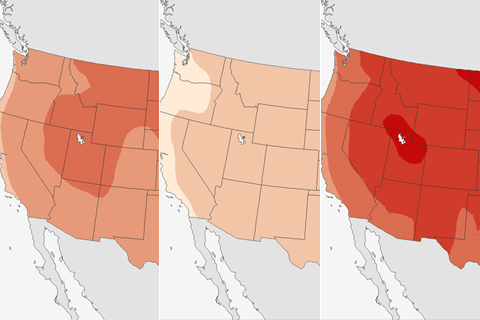
Despite uncertainties around future precipitation change, it is clear that as temperatures rise in Colorado, the state is expected to face significant challenges to managing water resources, according to a new report.

Brian Swett, Chief of Environment, Energy, and Open Space for the city of Boston, talks about maintaining the city's historic heritage while planning for the future.

Jacqueline Kozak Thiel, Hawaii's State Sustainability Coordinator, talks about the state's unique sustainability challenges and how the island chain is planning for climate change.
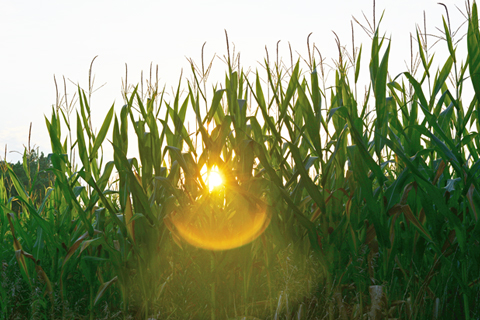
On August 25, 2011, Dr. Elwynn Taylor, Iowa State University's Extension Climatologist, tweeted to Iowa corn farmers: “Weather based statistics indicate a US corn yield of 149BPA, the prime factor this year is the Aridity Index.” Taylor uses NOAA climate information and seasonal outlooks to help thousands of the region's farmers manage risk. Nearly 5,000 followers look to his Twitter feed for guidance.
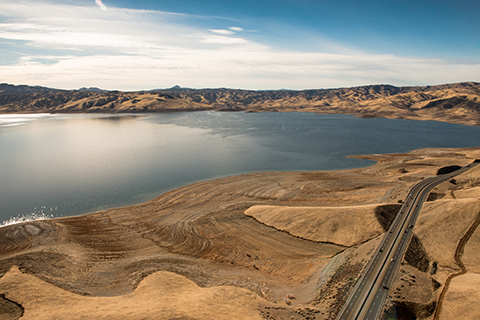
Jeanine Jones, Interstate Resources Manager for the California Department of Water Resources, talks about the state's ongoing drought conditions and planning for California's water future.
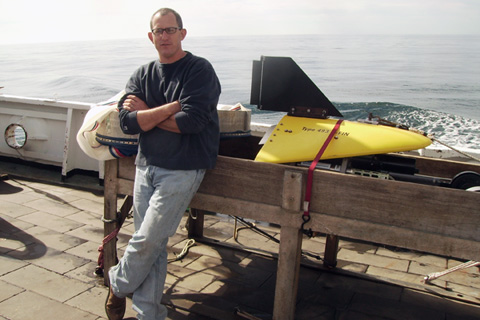
Research oceanographer Jonathan Hare answers questions about the first application of a new protocol for assessing the vulnerability of Northeast fisheries to climate change.

The International Academy of the Digital Arts & Sciences has chosen us as one of five nominees for the annual Webby Awards for online excellence. Please consider voting us for the People's Voice Award! Vote for us in the Government category, and vote for the "Teaching Climate" section in the Green category.
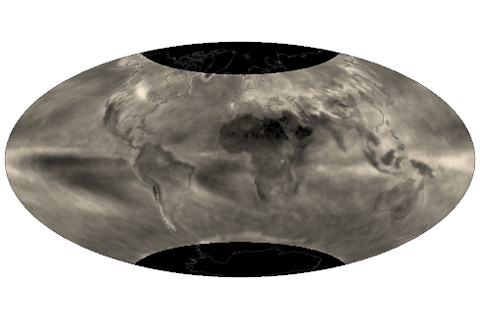
How much sunlight Earth reflects naturally varies a lot. The bigger the range of natural variability, the greater the odds that any evidence of a manmade effort to brighten up the planet would be lost in the “background noise.”
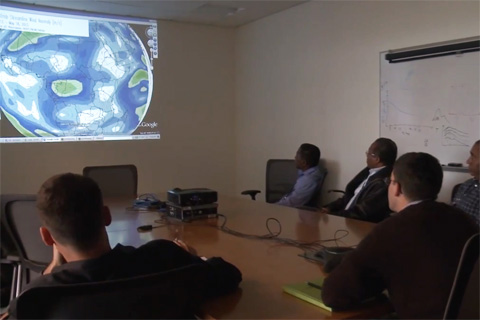
Climate change is a global phenomenon, affecting weather events around the world. Therefore, people around the globe need climate information to anticipate potentially damaging floods, droughts, crop and pest conditions, and disease outbreaks. For 20 years, the scientists at the International Desks of NOAA’s Climate Prediction Center have provided climate outlooks for weeks and months into the future and trained visiting meteorologists to translate climate data into information that can help decision makers in different parts of the world.
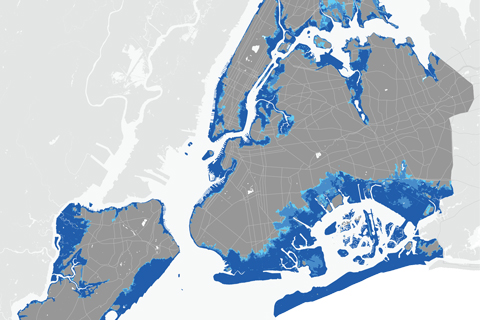
If mid-century projections of sea level rise prove true for New York City, four times as many people may be living in the 100-year floodplain than were previously estimated based only on observed changes.